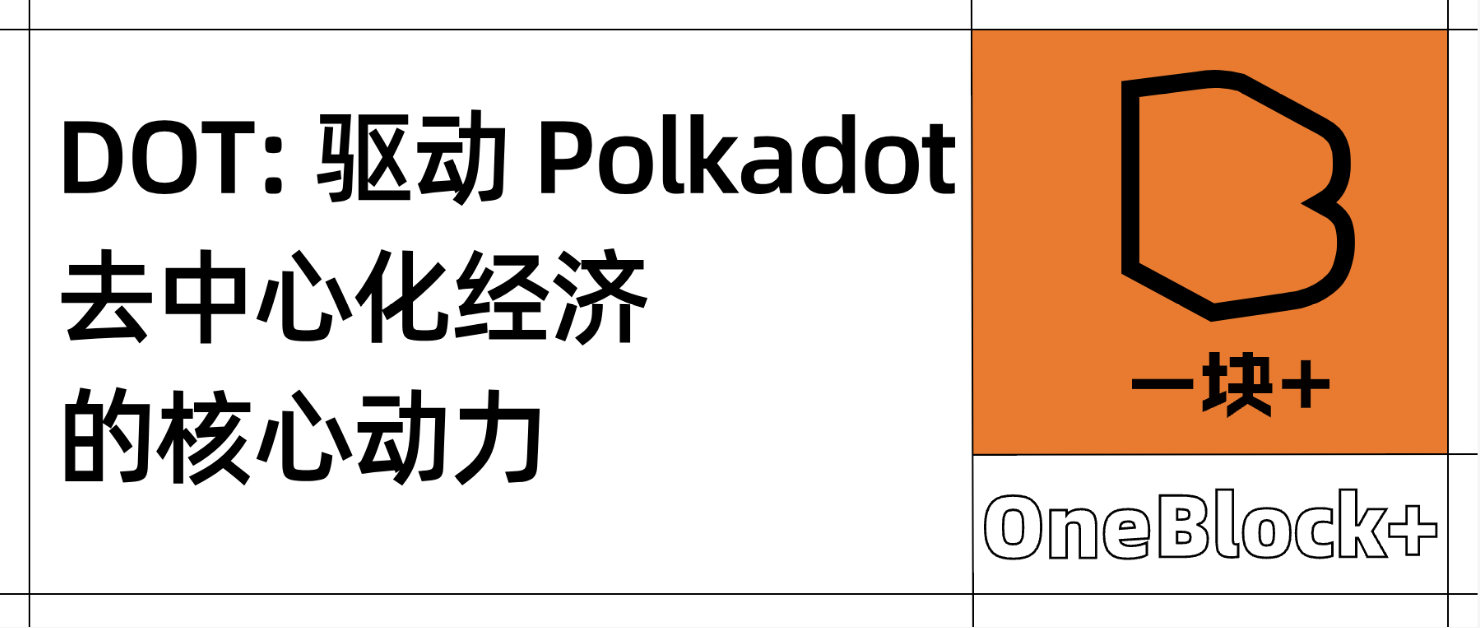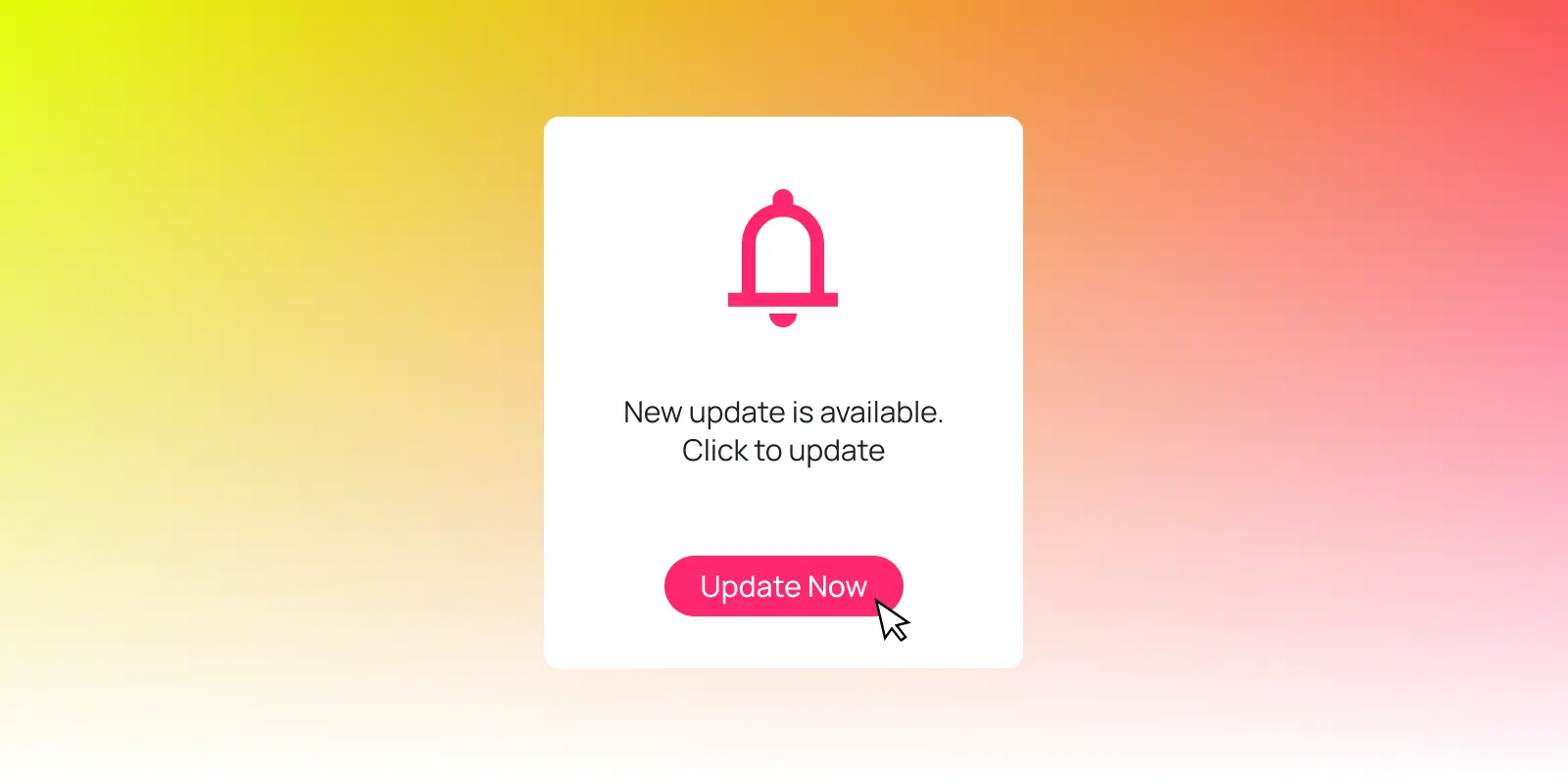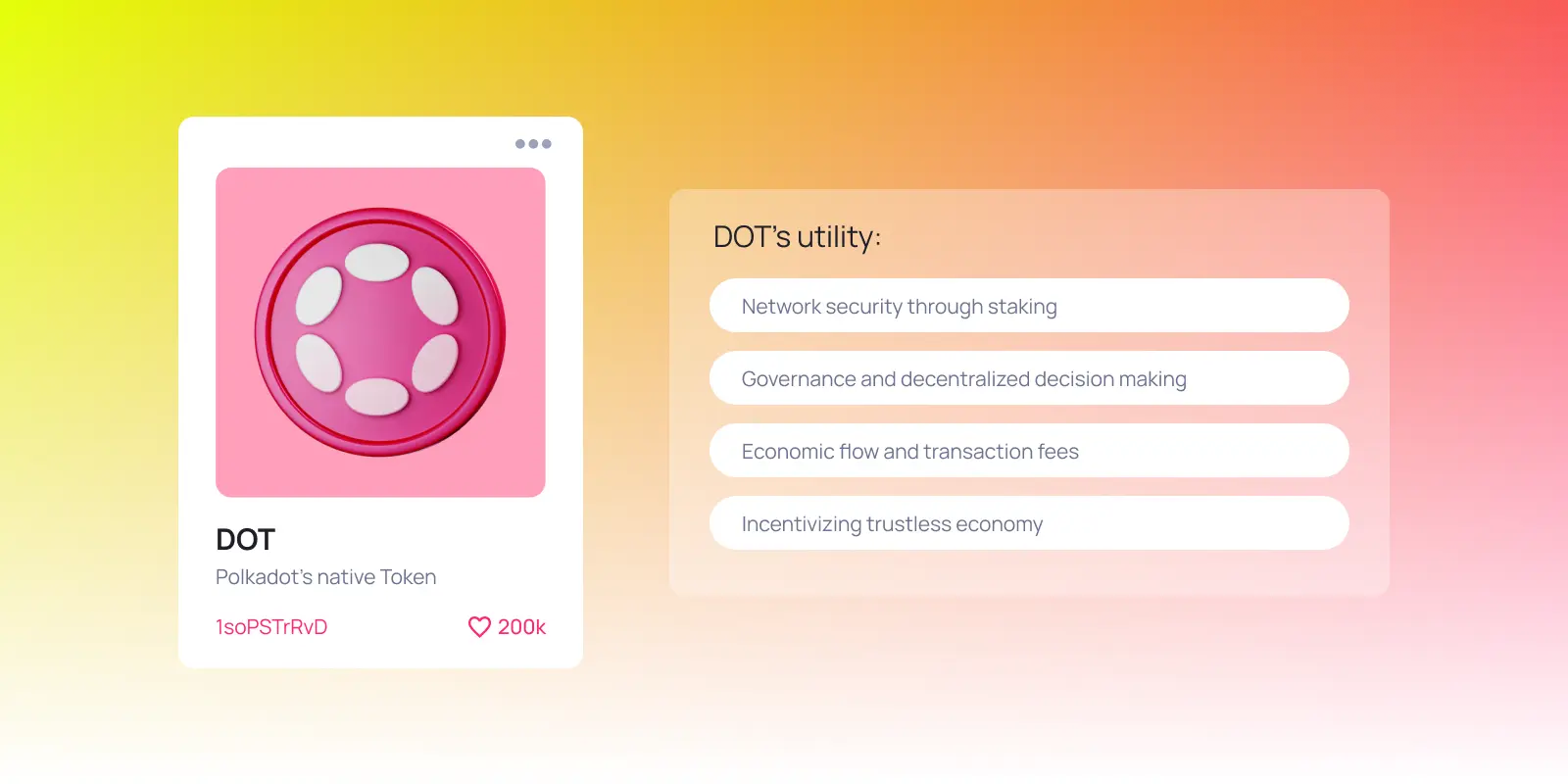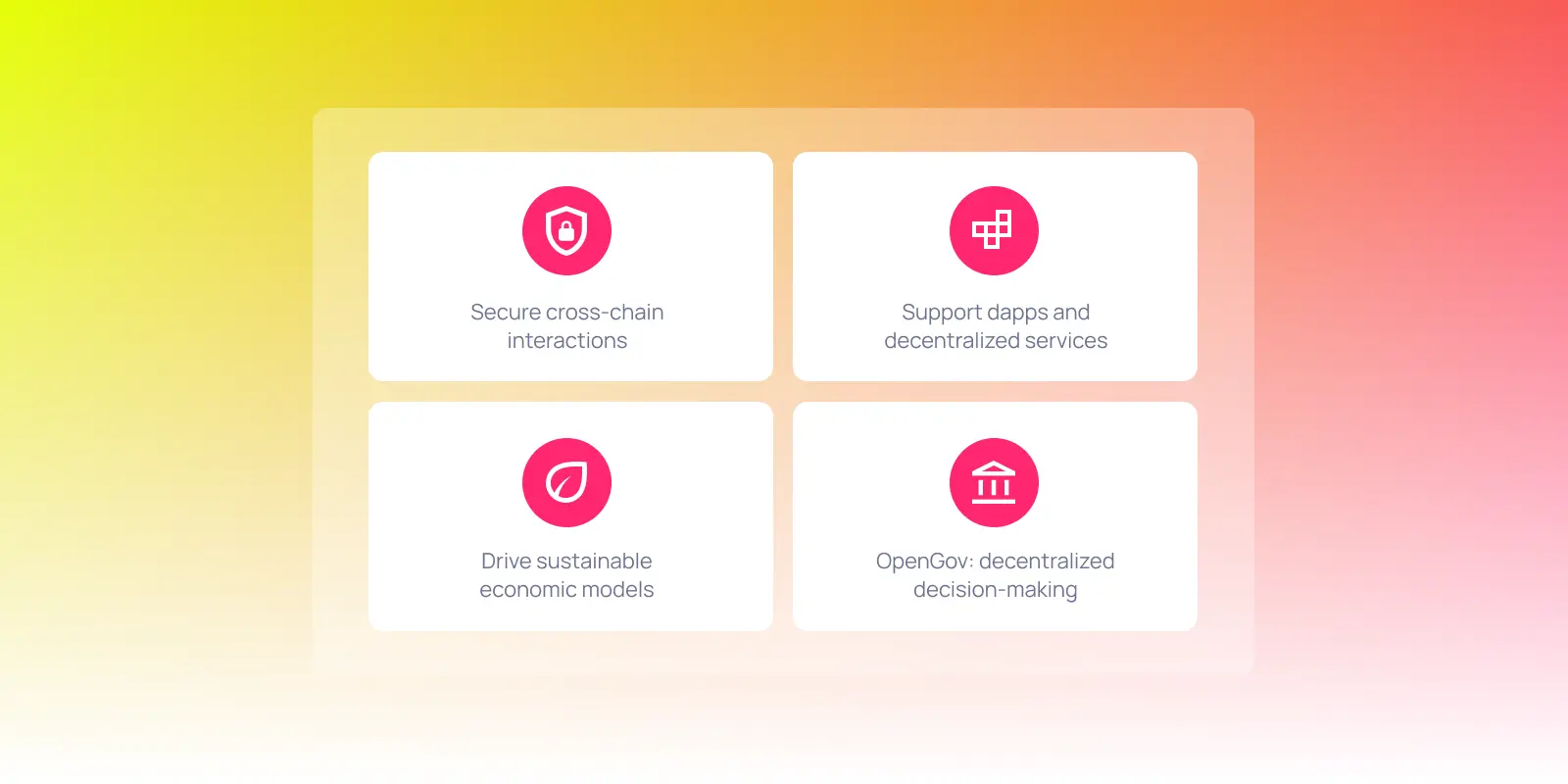
Original article: https://polkadot.com/blog/what-is-dot-token-uses-and-utility/
By Meesh Nguyen
Compiled by: OneBlock+
In the Polkadot network, DOT is more than just a token. It is not only the basis for ensuring network security, but also an important force for promoting on-chain governance and motivating ecosystem builders and users. You can think of DOT as the core engine that drives the efficient operation of the Polkadot modular blockchain system - from consensus mechanisms, governance voting, to resource allocation and economic incentives, it is everywhere, supporting the openness and decentralization of the entire network.
In this article, we will explore all aspects of DOT and reveal how it becomes the link connecting the diversified functions of Polkadot. From its basic functions to practical application scenarios, from the roles of ecosystem participants to comparisons with other blockchain native tokens, we will comprehensively analyze why DOT goes far beyond the scope of ordinary cryptocurrencies.

DOT: Polkadot’s native token
Polkadot is a modular blockchain network designed to connect and protect the growing rollups and DApps, and DOT is the native token of Polkadot. Unlike many digital assets, DOT is not only a cryptocurrency used for transactions, it has practical and critical functions, providing security, decentralization and operational sustainability for the Polkadot network.
The true test of any blockchain is not how it gets started, but how it grows, adapts, and remains resilient. This is where DOT comes into play.
You can think of DOT as the fuel of Polkadot's decentralized engine: it ensures network security, supports on-chain governance mechanisms, and provides resource incentives for developers and users within the ecosystem. It organically connects security, governance, and ecological incentive mechanisms to ensure that the Polkadot network can achieve sustainable operation while being open and decentralized. From the stability of the underlying architecture to the prosperity and development of the ecosystem, DOT plays an indispensable role.
The development history of DOT
DOT was launched with the Polkadot mainnet in 2020 and has gone through several important stages since then. The most iconic one was the adjustment in August 2020, which increased the total supply by 100 times, but the total market value remained unchanged. This change improved the usability and user experience of DOT.
Over time, DOT’s functionality has evolved: initially used only for staking and governance, it now supports rollups for obtaining shared security passes, provides computing resources through Agile Coretime, and drives community governance innovation with OpenGov.

Who is using DOT?
Just like many blockchain networks rely on native tokens to operate, DOT is a key connector for Polkadot to operate. It runs through the entire system, connecting participants with different roles:
🛡️Validators and Nominators: Stake DOT to ensure network security and maintain consensus.
🛠️Developers and teams: Use DOT to acquire computing resources (i.e. core time) and build on Polkadot.
🗳️Governance participants: Anyone can use DOT to vote and drive the direction of the network.
From infrastructure construction to governance participation, DOT provides the impetus for builders, managers, and contributors of the Polkadot ecosystem to move forward.
How DOT works in the Polkadot economy
Now that we understand who uses DOT in the Polkadot ecosystem, let’s look at how it works in practice. From securing the network to enabling governance and resource access, DOT plays a central role in coordinating all activities on Polkadot.

Securing the network through staking
Polkadot uses the NPoS (Nominated Proof of Stake) consensus model. Validators stake DOT to participate in block verification and network security maintenance, while nominators entrust their DOT to validators they trust and share rewards together.
This model achieves security and decentralization without relying on the energy-intensive Proof of Work (PoW) mechanism. Any DOT holder can nominate a validator, further decentralizing power and avoiding centralization risks.
Promoting decentralized governance
DOT holders influence the direction of Polkadot through on-chain governance. Anyone with DOT can vote on proposals, upgrades, and policy changes, and decision-making power lies in the hands of the community rather than a centralized team.
Unlike most off-chain governance or semi-centralized DAOs, Polkadot's OpenGov embeds governance logic into the protocol layer to achieve true decentralization, giving every DOT holder the ability to make proposals, vote, and shape the future of the network.
Building a trustless economic system
DOT plays a key role in the economic flow of Polkadot. It can be used to pay transaction fees (or gas fees), acquire computing resources, and reward validators and nominators. These fees fund network operations, prevent spam, and incentivize validators, helping to maintain active participation from the network.
Polkadot's economy does not rely on trust or central control, but instead runs on built-in deterrence and rewards. Bad actors face real economic consequences, such as losing staked DOTs, while supporting actors that benefit the network are rewarded. This structure transforms DOT into a trustless coordination layer, allowing the network to remain efficient and resilient.
How does the utility of DOT continue to expand?
As the Polkadot ecosystem continues to evolve, the functions of DOT are also continuously expanding to meet more diverse application needs.
Agile Core Time: Flexible Access to Resources
Agile Coretime is a new way for developers to access Polkadot's shared security model. Projects can now use DOT to purchase blockchain computing resources (called core time) on demand, rather than long-term leases through parachain slot auctions. This upgrade provides flexibility and lowers the barrier to entry for startups and projects to build on Polkadot.
DOT drives actual application scenarios
DOT is not only a tool to maintain the operation of the Polkadot network, it is also an important carrier to promote ecological collaboration and value creation.
🔐 Secure cross-chain interaction: Polkadot’s interoperability relies on DOT-based staking and governance.
🧱 Expand decentralized applications and services: Developers use Polkadot infrastructure to build applications with DOT;
♻️ Build a sustainable economic model: DOT’s incentive mechanism encourages users to actively participate and maintain decentralization.
From AI to DeFi, from games to real-world assets, more and more projects are using DOT to build efficient, secure, and collaborative Web3 applications.
For example, Hydration, the leading DEX parachain in the Polkadot ecosystem that has attracted much attention recently , adopts the innovative Omnipool mechanism, which allows the use of a single currency to add liquidity and provides a new direction for DOT management exploration.
🔍Learn more: Why is Polkadot’s leading DEX parachain Hydration so popular?

OpenGov + DOT: Creating a truly decentralized on-chain governance
Polkadot's OpenGov protocol is one of the most advanced decentralized governance frameworks in Web3. Unlike most DAOs that rely on off-chain tools for coordination, OpenGov is fully embedded in the Polkadot protocol. The governance process is open, transparent, and tamper-proof, and all operations are performed on-chain.
The system is designed to encourage participation from anyone in the community, regardless of how many DOTs they hold. While large holders (“whales”) can gain greater weight through stake-weighted voting, OpenGov’s built-in mechanisms ensure that voices at all levels are heard and involved.
Comparison with other native tokens
Although most blockchain networks have their own native tokens, DOT’s design focuses more on overall coordination and support for a modular ecosystem:
-Ethereum's ETH is mainly used for gas fees and staking, and governance is carried out off-chain.
-Solana’s SOL supports staking and trading, but governance participation is limited.
-Cosmos’ ATOM supports staking and governance, but operates on a hub-and-zone model, which is different from Polkadot’s shared security model.
DOT is unique in combining on-chain governance, secure staking, and access to cost-effective computing resources, all associated with a single token.
How to start using DOT?
To participate in Polkadot's decentralized economy, the first step is to have a wallet that supports DOT. It is not only where you hold your assets, but also your gateway to participate in staking, governance, and interaction.
Wallet types that support DOT
Crypto wallets: These wallets can be custodial or non-custodial and can be used to manage assets, connect to DApps, and participate in ecosystem interactions. Common forms include browser plug-ins, mobile apps, or hardware wallets.
Native staking wallets: Wallets like Nova Wallet and SubWallet are designed specifically for the Polkadot ecosystem, supporting one-click staking and governance participation, with a user-friendly interface and a low barrier to use.
Getting Started
1. Choose a wallet: Choose a wallet that supports DOT and is safe and reliable;
2. Set up a wallet: Follow the instructions to create a new wallet and keep the mnemonic phrase safe;
3. Deposit DOT: Purchase DOT through a trusted crypto exchange and transfer it to your wallet;
4. Stake DOT or participate in governance voting: Start staking DOT to get rewards, or participate in governance voting.
DOT: Everyone can participate
Decentralized Economic Engine
DOT is the cornerstone of Polkadot's decentralized economy, not just a tool for transactions. It ensures network security, enables governance mechanisms, and empowers developers and users. As Polkadot technology continues to evolve, the role of DOT is also continuously upgraded, opening up more possibilities for contribution, collaboration and innovation in Web3.
Whether you want to participate in network security through staking, shape its future direction with governance votes, or build the next generation of decentralized applications - everything starts with DOT.











